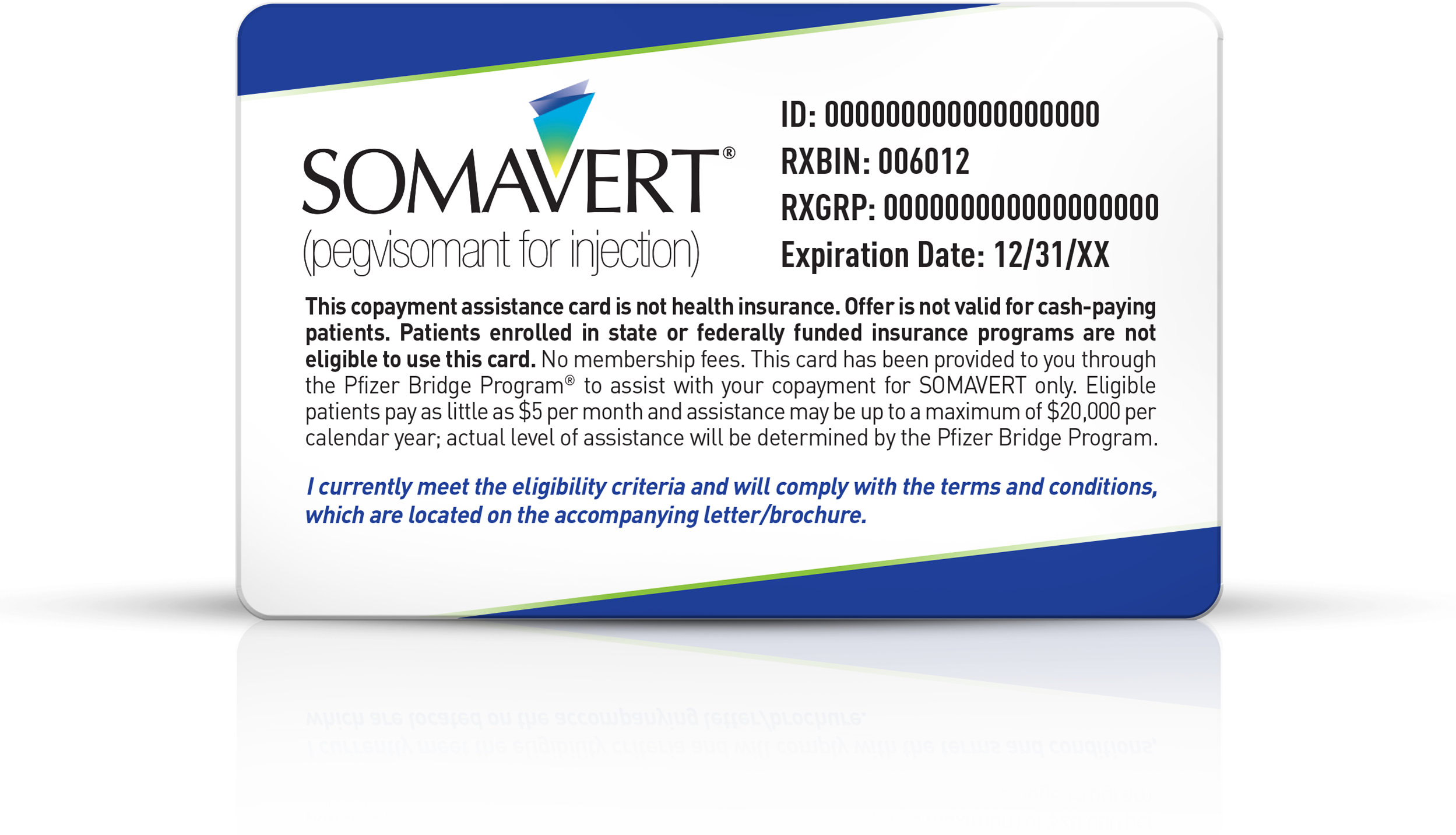How To Diagnose | SOMAVERT® (pegvisomant for injection) | Safety Info
Diagnosing acromegaly
To find out if you have acromegaly, your doctor may perform one or more tests. These may include:
- A blood test for IGF-1 levels
This is the first test for acromegaly. High IGF-1 levels are almost always due to acromegaly.
- A blood test for GH levels
A series of blood samples are taken over several hours. This test requires avoiding food overnight, skipping breakfast, and drinking a glucose (sugar) solution in the morning.
- A magnetic resonance imaging (MRI) scan of the head
If there is reason to believe there is a benign tumor in the pituitary gland, this test will help your doctor see and measure the tumor.

“When I was first diagnosed, I didn’t have any support.
I had never heard of acromegaly before then…I didn’t know what was going to happen.”
–Jenifer, a patient with acromegaly

Actual acromegaly patient.





